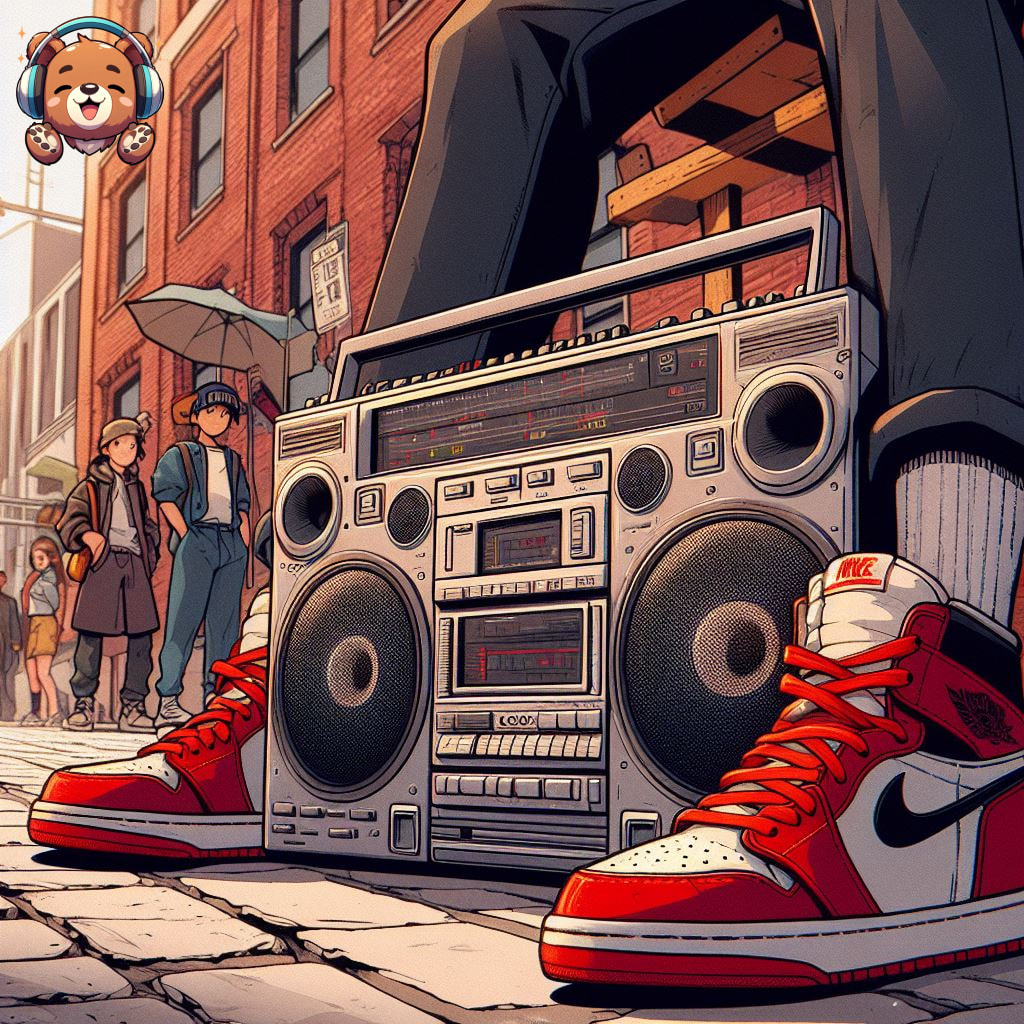DUSTY BOOM BAP BEATS
Boom Bap Beats: The Heartbeat of Hip-Hop
Boom Bap beats are the rhythmic foundation of hip-hop music, characterized by their hard-hitting drums and chopped samples. Originating in the 1980s and reaching its peak in the 1990s, Boom Bap has remained a staple of hip-hop culture, influencing producers and artists worldwide.
Origin and Evolution
The term "Boom Bap" refers to the distinctive sound of the kick drum (Boom) and snare drum (Bap), creating a rhythmic pattern that is both dynamic and infectious. This style of production emerged from the early days of hip-hop in New York City, where DJs and producers experimented with drum machines and samplers to create new sounds.
One of the pioneers of Boom Bap production is DJ Premier, known for his work with Gang Starr and artists like Nas and Jay-Z. His use of gritty drum breaks and soulful samples became synonymous with the Boom Bap sound. Another influential figure is Pete Rock, whose smooth jazz-influenced beats helped define the golden era of hip-hop.
As hip-hop evolved, so did Boom Bap production. Producers like J Dilla introduced a more laid-back and experimental approach, incorporating live instrumentation and unconventional rhythms. This era saw the rise of artists like MF DOOM, who embraced Boom Bap's raw and unfiltered aesthetic.
One of the pioneers of Boom Bap production is DJ Premier, known for his work with Gang Starr and artists like Nas and Jay-Z. His use of gritty drum breaks and soulful samples became synonymous with the Boom Bap sound. Another influential figure is Pete Rock, whose smooth jazz-influenced beats helped define the golden era of hip-hop.
As hip-hop evolved, so did Boom Bap production. Producers like J Dilla introduced a more laid-back and experimental approach, incorporating live instrumentation and unconventional rhythms. This era saw the rise of artists like MF DOOM, who embraced Boom Bap's raw and unfiltered aesthetic.
Popular Equipment for Making Boom Bap Beats
The creation of Boom Bap beats is intricately tied to the equipment used by producers, with certain tools and gear becoming synonymous with the genre's sound. Here are some of the popular equipment used for making Boom Bap beats:
- Akai MPC Series: The Akai MPC (Music Production Center) series is legendary among hip-hop producers. Models like the MPC2000XL, MPC3000, and MPC60 have been instrumental in shaping the Boom Bap sound. These machines allow producers to sample, sequence, and program beats with precision.
- Roland SP-404: The Roland SP-404 is a portable sampler and sequencer that has gained popularity among lo-fi and Boom Bap producers. Its intuitive interface, built-in effects, and ability to manipulate samples on the fly make it a favorite for creating gritty, textured beats.
- Emu SP-1200: Although discontinued, the Emu SP-1200 is a classic drum machine and sampler known for its crunchy 12-bit sound. Many iconic Boom Bap tracks from the 1990s were produced using the SP-1200, contributing to its legendary status in hip-hop production.
- Turntables and Vinyl Records: Sampling from vinyl records played on turntables is a fundamental aspect of Boom Bap production. Producers often dig through crates of records to find unique samples that add depth and character to their beats.
- Drum Machines: In addition to the MPC and SP series, drum machines like the Roland TR-808 and TR-909 have played a significant role in shaping Boom Bap rhythms. The distinct sounds of these drum machines, especially the punchy kicks and snares, are staples of the genre.
- Analog Synthesizers: While samples are a cornerstone of Boom Bap production, analog synthesizers also contribute to the genre's sonic palette. Synths like the Moog Minimoog and Korg MS-20 can add warmth and texture to beats, enhancing their overall vibe.
- Digital Audio Workstations (DAWs): Modern Boom Bap producers often use DAWs like Ableton Live, FL Studio, and Logic Pro to arrange and mix their beats. These software platforms offer a wide range of tools for manipulating samples, creating drum patterns, and adding effects.
Popular Boom Bap Producers and Artists
- DJ Premier: Known for his signature scratching and hard-hitting beats, DJ Premier is a legendary figure in Boom Bap production. His collaborations with Nas ("Illmatic") and Biggie Smalls ("Kick In The Door") are classics of the genre.
- Pete Rock: With his soulful samples and impeccable drum programming, Pete Rock's productions have influenced generations of hip-hop producers. Tracks like "T.R.O.Y. (They Reminisce Over You)" are hailed as timeless masterpieces.
- J Dilla: A master of groove and melody, J Dilla's production style pushed the boundaries of Boom Bap. His work with artists like Slum Village and The Pharcyde is revered for its soulful vibe and intricate rhythms.
- 9th Wonder: Known for his soul-sampling chops and boom-bap aesthetic, 9th Wonder has produced hits for artists like Kendrick Lamar, J. Cole, and Jay-Z. His production style combines classic elements with modern innovation.
- MF DOOM: As a rapper and producer, MF DOOM's lo-fi Boom Bap beats have gained a cult following. Albums like "Madvillainy" (with Madlib) showcase his unique blend of humor, wordplay, and gritty production.
sitemap privacy policy terms of use affiliate disclosure spotify royalties calculator return policy create your own website
email: [email protected]
Mailing Address
590 CO-105, STE 289
Monument, CO 80132
email: [email protected]
Mailing Address
590 CO-105, STE 289
Monument, CO 80132

